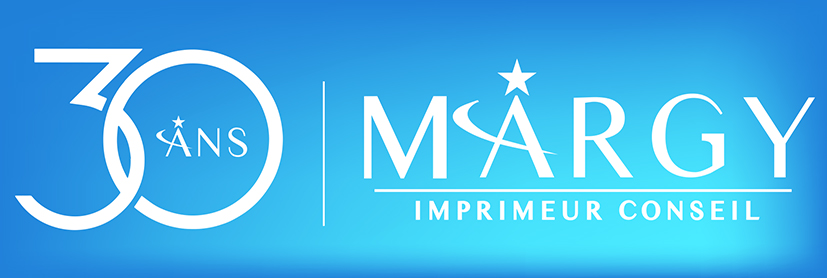A company’s visual identity has an important marketing dimension. It represents the first contact between a company and its target audience. Over the course of its existence, a company’ s image is bound to evolve, for reasons of modernity or necessity.
Modernising your image
Society evolves from year to year, as do people. Trends in design and graphics evolve just as much. A company’s image has to grow and evolve with society if it is not to appear outdated. It needs to adapt to new trends and modernise its visual identity. To do this, there’s no need to change the entire logo – it’s not a question of distorting the company’s image. A change of colour, typography or graphic design may suffice. If you look at the logos of the biggest brands (Renault, Ford, Coca-Cola, McDonald’s), you can immediately see the natural evolution they have undergone.
Changing the target
Sometimes a company starts out with a very specific target group in mind: men, women, teenagers, fathers, etc. It concentrates on a very specific audience and then, over the years, decides to broaden it by offering new products. As a result, the company had to modify its logo to adapt it to all its target groups. This type of development often involves a more significant change to the logo than a simple modernisation. In this case, the logo needs to be feminised to appeal to a more feminine clientele, or rejuvenated to reach a younger target…
Announcing a major management change
A company may need to announce a major management change. A change of manager, a merger, new values to promote… This is undoubtedly one of the most far-reaching visual identity changes. The company completely changes its logo and image to announce this significant change. Particularly when 2 companies merge, it is important to find a logo that corresponds to each of the parties and their values.
Propose a new product
The launch of a new product is an important event for a company. To mark the occasion, the company might consider changing its logo. This will enable the company to have a greater marketing impact and make the launch a significant event. A new image can be more attractive and arouse the curiosity of potential customers. It’s a clever way of attracting new customers and triggering new sales. The company chooses whether to change its logo significantly or to make slight graphic modifications. However, to be remarkable and to arouse interest, these changes must be at least striking and intriguing.
The aimof a change of visual identity is to refresh the company’s image, attract new customers or announce an important event. For this reason, it needs to be well thought through and executed well in advance. As far as the frequency of image changes is concerned, there really isn’t one. Companies can change their graphic charter if their activity or status justifies it. Be careful, however, not to change the logo too often, as this could have negative repercussions (difficulties in keeping up with the company’s development, confusion, etc.), contrary to those initially hoped for.
Other articles :
 01 44 52 02 02
01 44 52 02 02
